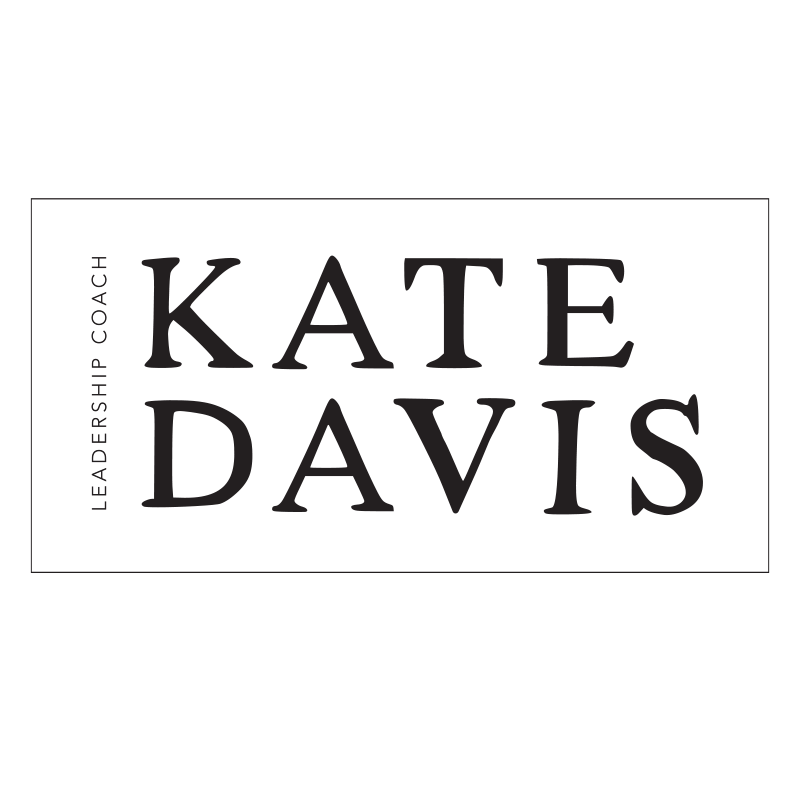Workplace Happiness Is Fundamental to Growth
A little LOUDER FOR THOSE OF YOU AT THE BACK.
Friends, there's a rant a-coming.
A few comments recently have riled me.
"Happy teams and talking about joy is all well and good but it has nothing to do with business growth"
"Companies won't pay for someone to make their people happier"
"I can't pay my shareholder dividends in joy"
I’m calling bullsh!t.
Not only are these statements fundamentally deaf to the current climate of work, (and the way that work NEEDS to evolve), they are also categorically untrue.
Let's think about you, firstly.
When do you work at your best? Is it when you are stressed, overwhelmed, haven't slept, are worried about paying the bills and keeping people in a job?
Or is it when you have slept, feel safe in your working and personal relationships, have the headspace to think and are doing work you love and are good at?
So why would it be any different for anyone else in your organisation?
Organisational culture change is a buzz phrase at the moment, which implies that it's a fleeting fashion. It shouldn't be.
But I know that many organisations where flexibility in the workplace and the focus on wellbeing is viewed as a necessary temporary evil - and you are biding your time until life can get back to normal.
And as for wide-scale cultural change - that all seems too much like hard work - it ain’t broke yet, right?
Here’s why this is a dangerous standpoint to take
If your embedded view of the workforce is that they are there to do a job, get paid and go home, this will be reflected in their view of the work.
If you see them as an expendable commodity - so will they of you. Teams work at less than 60% of their capacity when they don’t feel valued. What’s the cost to your business?
Workplace morale will be low, stress and absenteeism high. You may see Jim or Sue as ‘not performing’ and put them onto disciplinary measures, creating instability and insecurity. And they start looking around for another job.
And you know how much it costs to replace someone good, don’t you?
Creating happy, fullfilling working environments is not fluffy, ‘new-age’ or ‘something for the creatives, but not for us’.
What does a happy working environment look like?
It’s not rocket science.
the right person in the right job for their true skill set and drivers
great communication between employees, teams and the wider organisation that builds relational trust
employees feeling like their work is important, and that their voice is heard
collaboration, not compliance
If you’ve got this far, you’re probably agreeing with most of the above. But how do you actually create it within your own organisation.
It starts with you.
intentional leadership - fighting for the highest good of the people you lead, not just the bottom line
having the difficult conversations - with yourself, the board, the shareholders, to say ‘there’s a better way that will benefit us all’
communication - listen first, then project.
And what about those shareholders? They will see:
strength in leadership, and the confidence in you of those you lead
productivity increasing
reduction in staff turnover and sickness
increase in profitability and market share.
If you’d like to know how you can intentionally multiply the strengths of your business by creating happier teams - give us a shout. That’s what we do.

